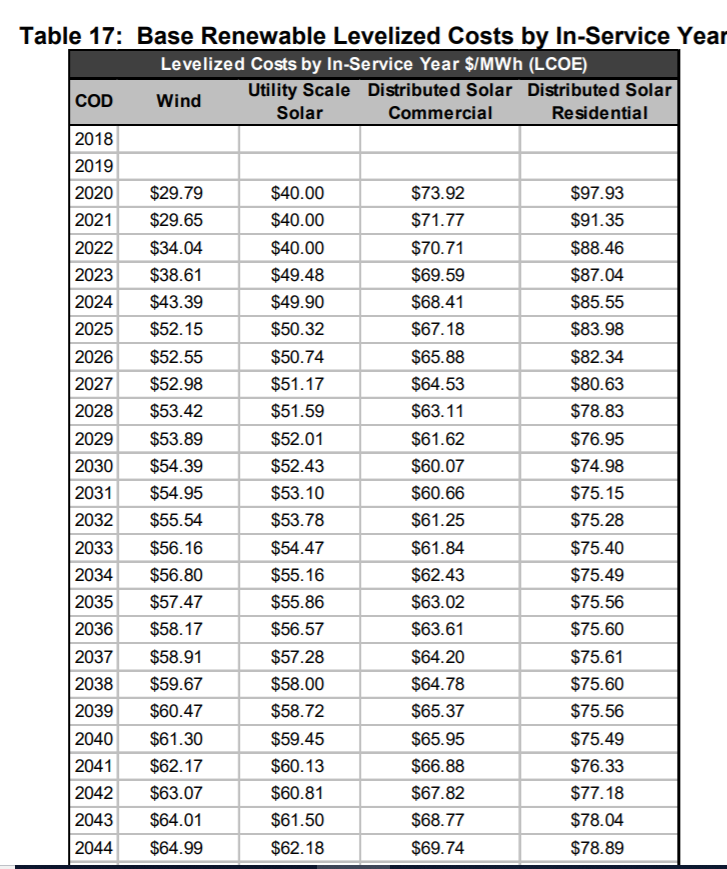Groups Dispute Cost of Renewable Energies
Last week I gave a talk in St. Cloud Minnesota about the findings of our report, Doubling Down on Failure, as part of our Morning in Minnesota Breakfast series to about 50 people who were eager to learn more about why their electricity bills keep rising.
I was pleasantly surprised that the St. Cloud Times sent a reporter to listen to my talk, and they published the following article about my presentation:
ST. CLOUD — What does it cost to switch to renewable energy sources, like wind and solar power?
Isaac Orr, a policy fellow with the Center of the American Experment, looked into the numbers and drafted an analysis far different than projections by Xcel Energy and contested by a clean energy advocate.
The Center of the American Experiment is a Minnesota think tank focused on free markets and limited government.
“This is not about climate change. This is about regulating every aspect of the economy,” Orr said as he talked about proposed government rules meant to reduce carbon emissions and reduce the human impact on climate change.
The Center of the American Experiment hosted a breakfast in St. Cloud Wednesday with a presentation by Orr on renewable energy. About 50 people turned out for the event, including some local political leaders.Orr offered information “in order to fight back” against proposals like Gov. Tim Walz’s plan to require the state’s energy sector become 100% carbon free by 2050.
The report, called “Doubling Down on Failure,” came out in March. It posits that requiring 50% renewable energy by 2030 would cost $80.2 billion and raise taxes and utility fees.
Those results don’t jive with other analyses. Xcel’s 15-year plan suggests closing its coal plant will provide savings for customers compared to the national average. And state regulators will review the plan to ensure it provides reliable and affordable energy for customers, said J. Drake Hamilton, science policy director for Fresh Energy, a clean energy advocacy organization in Minnesota.
“Doubling Down on Failure” compares per unit costs of various types of energy and looks at various utilities’ plans for future development, Orr said.
“I’m an open book,” Orr quipped about his process. He co-authored the report with Mitch Rolling and John Phelan at the think tank.
What about wind?
“Wind is growing gangbusters,” Hamilton said. “Renewable electricity has fallen in price enormously in the last 10 years, all over the country and in Minnesota.”
Right now Xcel’s energy is 55% carbon-free, wrote spokesman Matt Lindstrom in an email to the St. Cloud Times. And there’s 1,650 megawatts of new wind power coming online by 2022.
In the past few years, the price of wind power dropped 24% and large-scale solar has dropped 33%, Lindstrom wrote.
Orr found that hard to believe. He said Thursday his analysis considered the resources needed to back up solar and wind, which doesn’t constantly feed energy into the system and can’t be turned on like natural gas.
“It’s a matter of cost, but it’s also a matter of value,” he said.
And how about nuclear?
“Doubling Down on Failure” recommends legalizing the construction of new nuclear power plants in the state and using coal and natural gas plants for the entirety of their lifetimes.
There’s a moratorium against new nuclear facilities, but Xcel hopes to extend the life of its Monticello reactor as it shifts away from coal.
Nuclear reactors produce carbon-free power, but it’s not a renewable energy, Hamilton said.
Nuclear power creates long-lasting, radioactive waste that requires special treatment.
Recent efforts to build new nuclear plants in the U.S. — and there aren’t many — have struggled, Hamilton said, citing the expansion of Georgia’s Vogtle nuclear plant, which is billions over budget and years behind schedule.
Center of the American Experiment’s report also recommends ongoing use of coal and natural gas plants. Xcel’s plan includes a new natural gas plant in Becker to provide base power as use of renewables rises.
As it is, customer electricity bills are about 20% below the national average as Xcel has added more renewables to the mix, Lindstrom wrote in his email.
“Doubling Down on Failure” suggests electricity rates are higher than average in Minnesota.
As the state Public Utilites Commission works through Xcel’s proposed plan, that process will be open and transparent, Hamilton said.
There’s a public meeting in St. Cloud on Wednesday about Xcel Energy’s Upper Midwest Energy Plan.
Regardless of government mandates, Xcel plans to provide 100% carbon-free electricy by 2050.
Info on the meeting
What: Upper Midwest energy plan public meeting held by Xcel Energy and the Minnesota Public Utilities Commission
When: 7 p.m. Wednesday
Where: Heritage Room, St. Cloud Holiday Inn & Suites, 75-37th Ave. S.
More information: xcelenergy.com
I would encourage anyone who is in the St. Cloud area to go to this meeting and make Xcel explain why they are planning on building so much wind when the documents produced by the utility show that wind and solar will be far more costly than electricity generated at Sherco when the federal subsidies expire around 2022.

There is simply no credible way Xcel can argue that building wind, solar, and natural gas for prices that exceed the cost of electricity at Sherco will save consumers money.
Remember, Xcel says electricity bills for their Minnesota customers are 22 percent below the national average, but that’s only because they use 41 percent less electricity!. No sane person would brag to his neighbor that his bill for tomatoes at the grocery store is 22 percent lower than his neighbor’s when he bought 41 percent fewer tomatoes.